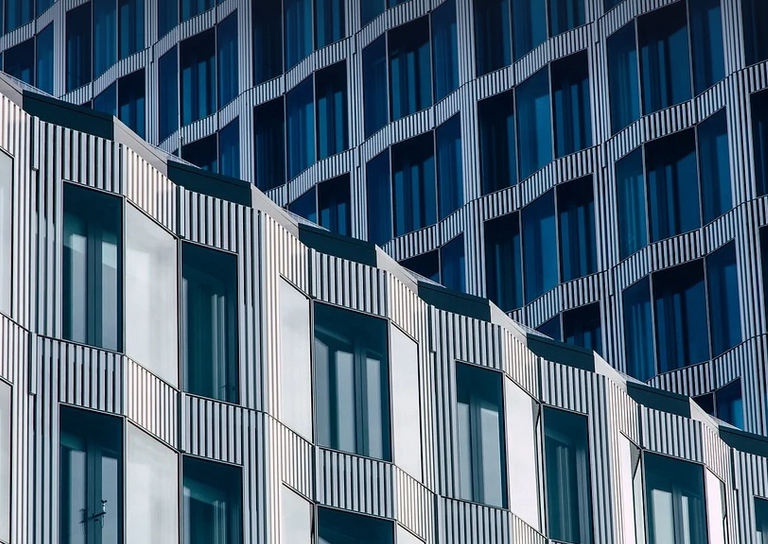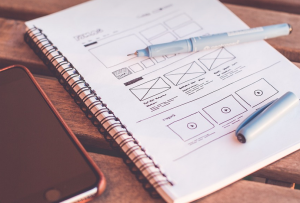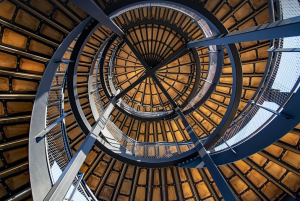
Unlocking the Versatility of Perforated Metal in Modern Architecture
Perforated metal panels are more than just a trendy architectural choice; they’re a powerful tool for architects, designers, and builders wanting to infuse their creations with unique aesthetics, functionality, and durability. These versatile panels offer a canvas for artistic expression and practical solutions, making them a go-to material in both large-scale commercial structures and smaller, more intimate residential spaces.
The Allure of Perforated Metal: Functionality & Beauty Combined
One of the most compelling features of perforated metal panels is their ability to bridge form and function. Their intricate designs not only offer visual appeal but also enhance various architectural elements. Think of these panels as a blank canvas, where you can manipulate shapes, sizes, and patterns to achieve specific goals.
The unique nature of these panels lies in their multifaceted approach. They can be used for anything from shielding against harsh weather conditions to adding intricate decorative elements. Imagine a storefront featuring a dynamic facade that not only protects the building from the elements but also showcases eye-catching designs. Or picture a theater’s interior where perforated metal sheets act as sound dampeners while simultaneously providing visual interest.
As architects and designers explore new frontiers in construction, they discover that perforated panels offer unparalleled opportunities to create aesthetically pleasing spaces with enhanced functionality. This combination of beauty and practicality makes them an indispensable asset in modern architecture.
The World of Perforation: A Symphony of Possibilities
Perforated metal panels come in a vast spectrum of materials, each offering its own unique visual characteristics and performance levels.
Steel, aluminum, copper, and brass are just some of the popular choices, allowing designers to explore a world of possibilities.
The varying degrees of perforation, from subtle holes to more intricate designs, allow for customization tailored to specific aesthetic goals. For instance:
- A minimalist design could employ fine, circular patterns, offering subtlety and elegance.
- Bold geometric forms with larger perforations can create a dynamic facade that captures attention and evokes a sense of structure and strength.
The choice of material also significantly impacts the sound-dampening properties of these panels.
For instance, perforated aluminum panels are often chosen for their ability to absorb sound waves effectively while maintaining their aesthetic appeal.
Beyond Aesthetics: The Practicalities of Perforated Metal
While aesthetics are a significant factor in the popularity of perforated metal panels, their practicality is equally crucial. These panels offer a wide range of advantages that make them ideal for various applications:
**Light Control:** Perforated metal can be strategically used to regulate sunlight penetration. This helps create shaded areas, manage energy consumption, and enhance indoor comfort.
**Noise Reduction:** The intricate designs of perforated panels effectively absorb sound waves, thus creating ambient noise reduction in public spaces or interior design environments.
**Durability:** These panels are remarkably resilient against weather elements like rain, snow, and extreme temperatures. Their robust construction ensures long-lasting performance and minimal maintenance requirements.
**Safety:** Perforated metal panels can be used to create secure barriers, adding a layer of protection for commercial buildings, public spaces, and private homes.
**Sustainability:** The use of recycled metal in their production contributes to a more sustainable construction process.
Exploring the Range: A Showcase of Inspiration
Looking for some inspiration? Check out these examples:
- **Architecture & Design**:
- The iconic Guggenheim Museum in Bilbao, Spain.
- The stunning facade of the Marina Bay Sands Hotel in Singapore.
- Contemporary theaters and museums with innovative use of perforated metal panels to create dynamic spaces.
**Industrial Applications**:
Embracing Innovation: The Future of Perforated Metal
The field of perforated metal panels continues to evolve with advancements in materials technology and design. New techniques like 3D printing allow for intricate designs and customized features, opening up a whole new realm of possibilities.
As architects and designers embrace these innovations, we can expect to see even more groundbreaking applications of these versatile panels. From eco-friendly construction to cutting-edge architectural designs, the future of perforated metal holds immense potential.



